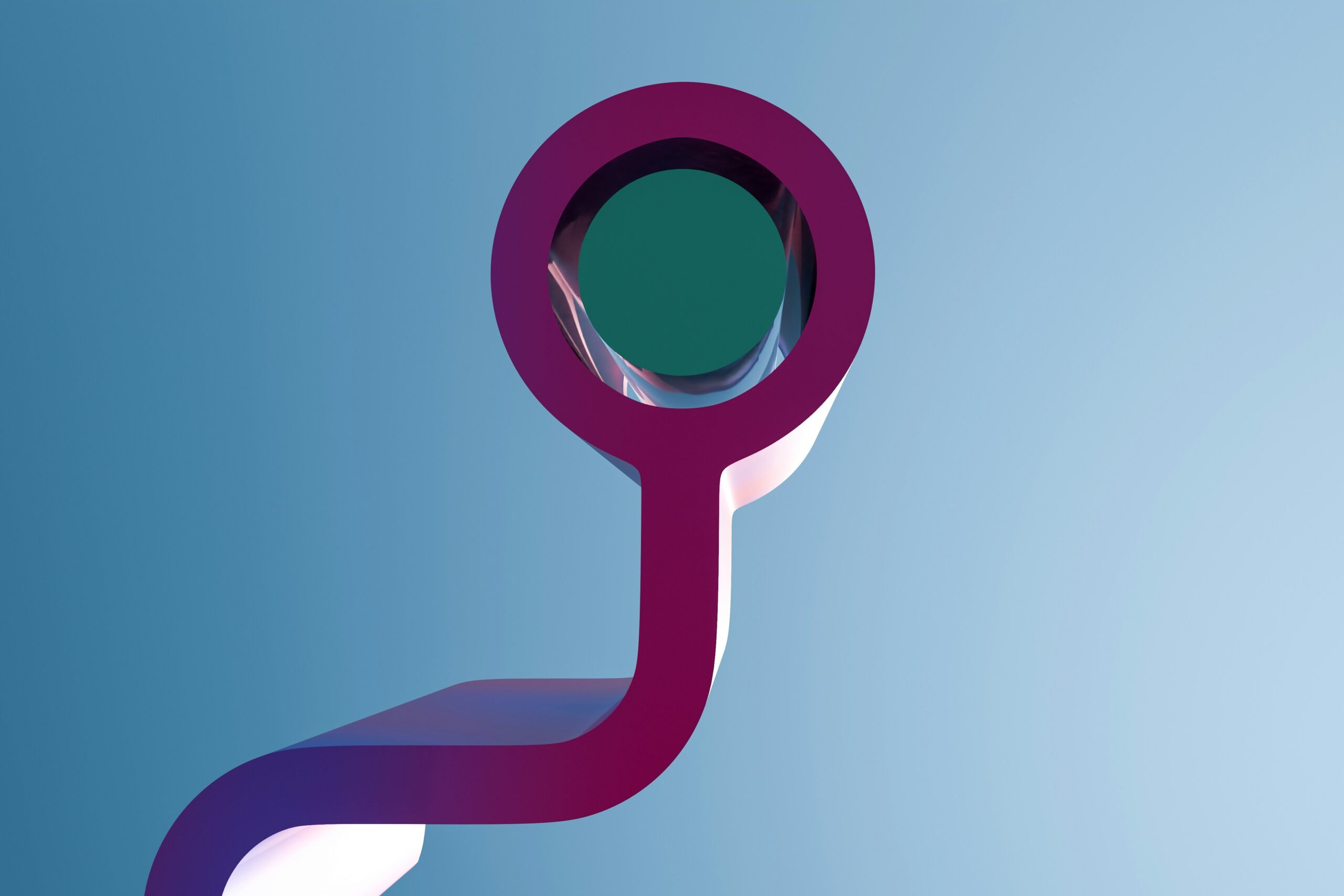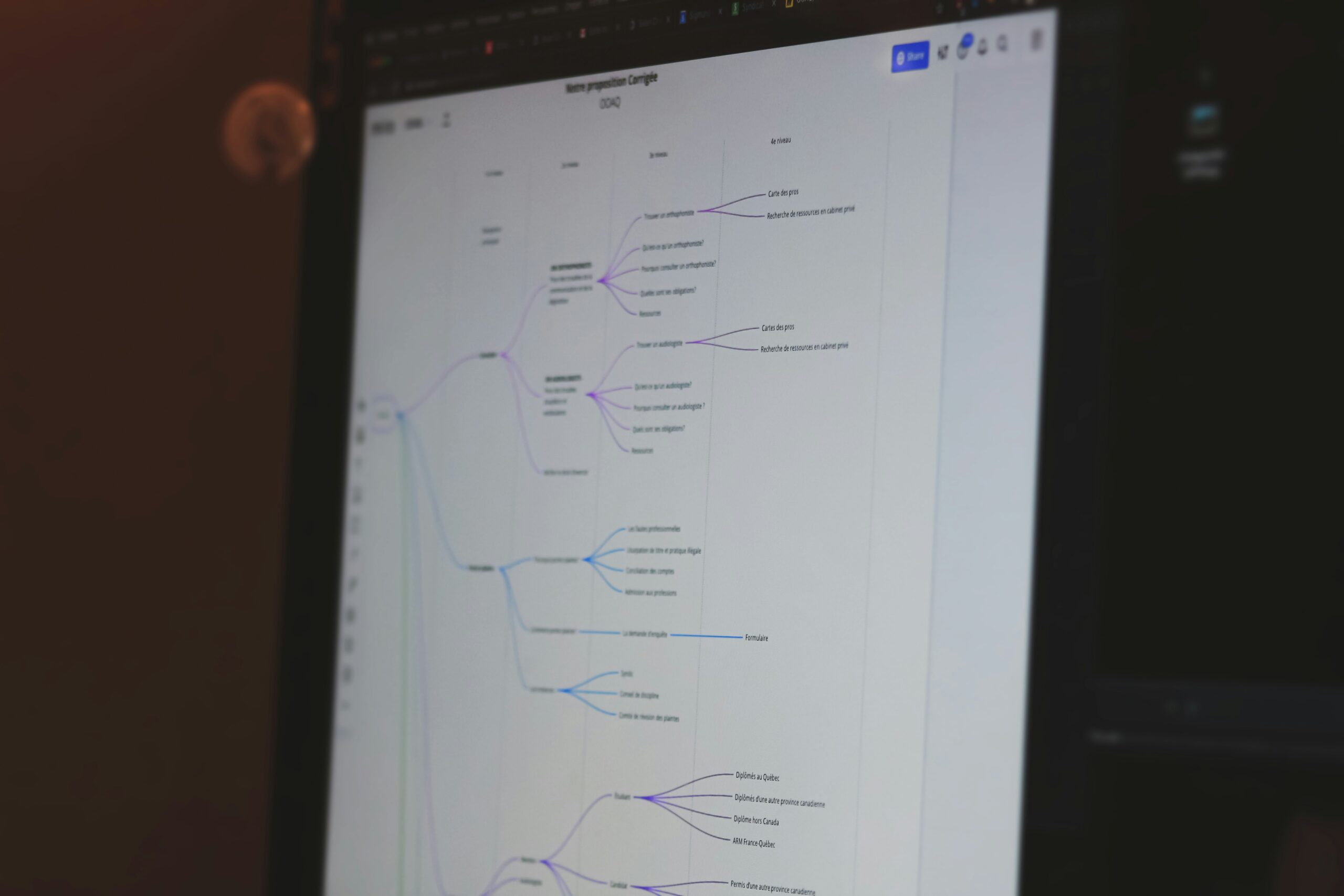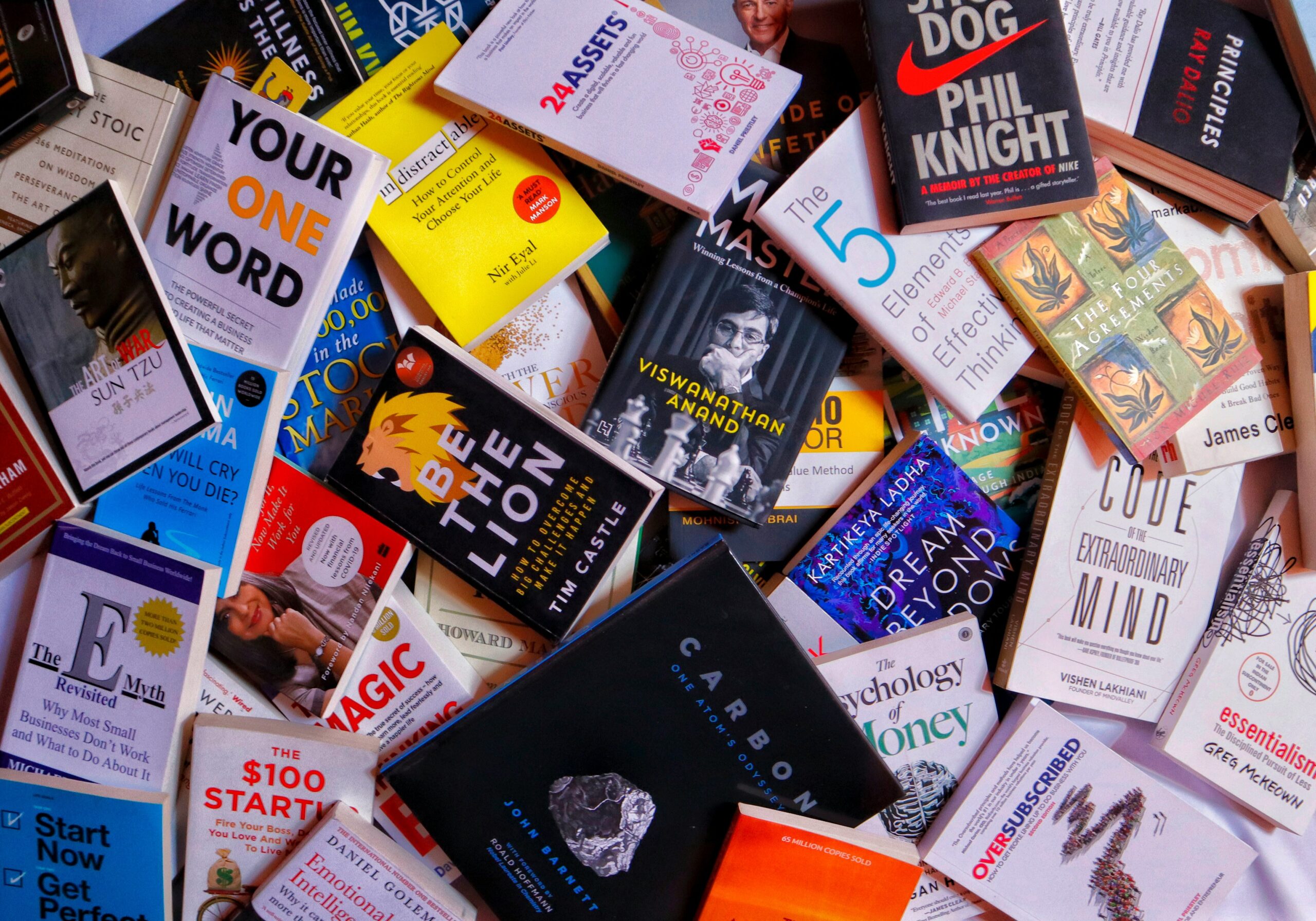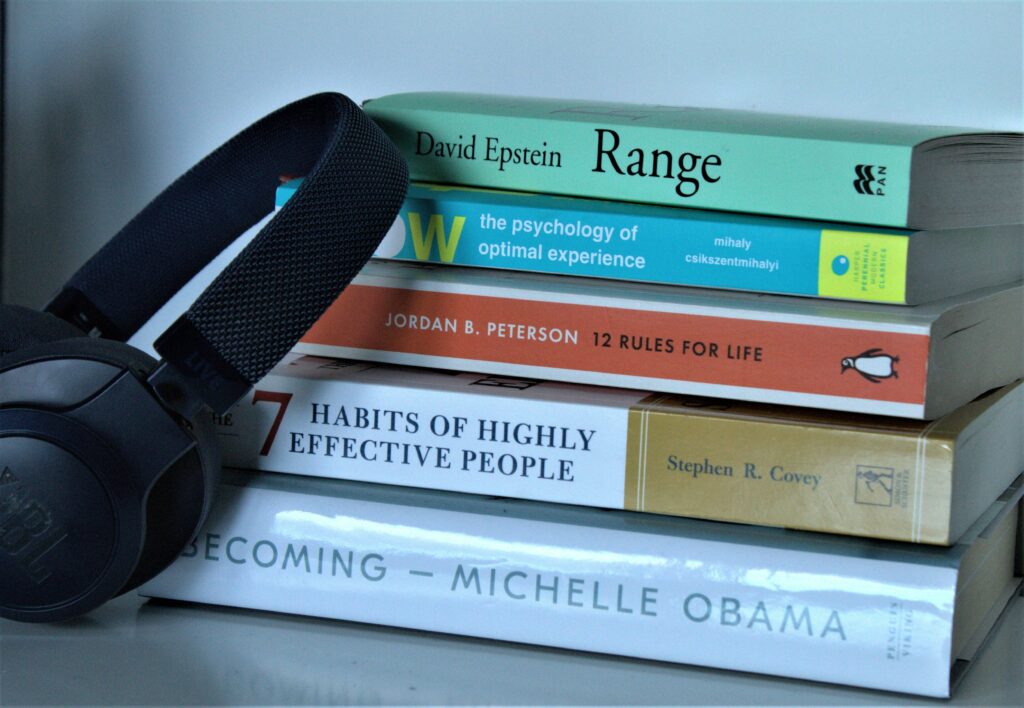Ever wished there was a way to transform reading struggles into moments of triumph? For the 20% of people with dyslexia, finding reading help often feels like navigating an endless maze. But what if the answer lies right in your pocket—literally? Enter dyslexia apps: innovative tools designed to make reading less of a battle and more of a personalized adventure.
In this post, we’ll uncover how dyslexia apps are changing lives, explore step-by-step guides for choosing the right app, share expert tips, dive into real success stories, and even bust a few myths. Let’s get started!
Table of Contents
- Key Takeaways
- Why Dyslexia Apps Matter
- How to Choose a Dyslexia App That Works for You
- Tips for Maximizing Dyslexia Apps
- Real-World Success Stories
- FAQs About Dyslexia Apps
- Conclusion
Key Takeaways
- Dyslexia apps provide accessible, customizable reading help tailored to individual needs.
- Choosing the right app requires understanding its features, user-friendliness, and alignment with learning goals.
- Combining dyslexia apps with traditional support methods boosts confidence and skill retention.
- Success stories highlight how these apps improve independence and academic performance.
Why Dyslexia Apps Matter
“Reading is hard enough without feeling judged,” my colleague once confessed. They were describing their childhood struggle with dyslexia—a painful memory etched deep within them. Traditional resources offered limited flexibility, leaving users trapped in outdated systems that underestimated their potential. Sound familiar?
Dyslexia apps matter because they offer a lifeline. These tools incorporate gamified elements, text-to-speech technology, and personalized exercises to create an engaging environment where learners thrive. Imagine turning frustration into fascination by tapping play instead of freezing at each unfamiliar word. Chef’s kiss, am I right?

A Deeper Dive Into Statistics
Did you know over 70% of individuals with dyslexia report improved literacy skills when using assistive technologies? This isn’t just anecdotal—it’s backed by research. Tools like text-to-speech and phonetic spell checkers reduce cognitive overload while fostering critical thinking and comprehension.
How to Choose a Dyslexia App That Works for You
Optimist You: “The options are endless!”
Grumpy You: “Ugh, fine—but only if coffee’s involved.”
Let’s narrow it down:
Step 1: Identify Your Goals
Are you looking for foundational phonics work or advanced vocabulary expansion? Clarify your objectives first.
Step 2: Assess Accessibility Features
Look for apps offering text-to-speech, adjustable fonts, color overlays, and speech-to-text capabilities. Think of it as creating your digital Swiss Army knife.
Step 3: Test User Interface
Swipe through demos to see if the design feels intuitive. Remember, simplicity rules supreme here.
Step 4: Check Reviews (But Keep Doubts)
While reviews can guide you, don’t forget every brain processes differently. What works for someone else might not be your golden ticket.

Tips for Maximizing Dyslexia Apps
- Combine Tech with Tradition: Pair app use with physical flashcards or audiobooks for multisensory reinforcement.
- Create Consistent Routines: Set aside daily time blocks—yes, consistency is king.
- Leverage Gamification: Reward progress with badges or self-set challenges. Progress bars = dopamine hits!
Rant Corner: Stop falling for flashy ads promising “miracle cures.” Dyslexia apps aren’t magic wands—they’re tools requiring patience and practice. Sorry, but you can’t download fluency overnight.
Real-World Success Stories
Mariah, a middle school teacher, introduced her dyslexic students to an app called Fonetti. Within six months, one shy student went from hiding during group readings to eagerly volunteering. The app’s interactive storytelling sparked joy she’d never imagined possible.

FAQs About Dyslexia Apps
Q: Are dyslexia apps expensive?
A: Many offer free versions or trials, though premium subscriptions range from $5-$30/month depending on features.
Q: Can adults benefit too?
A: Absolutely! Lifelong learners swear by apps like Ghotit Real Writer & Reader for workplace tasks.
Q: Do all apps require Wi-Fi?
A: No, many function offline after initial setup.
Conclusion
Dyslexia apps have emerged as powerful allies in the quest for better reading help. Whether you’re a parent, educator, or lifelong learner, embracing technology opens doors once thought permanently locked. So go ahead, grab that coffee, download an app, and watch barriers crumble.
Like a Tamagotchi, your SEO needs daily care.


